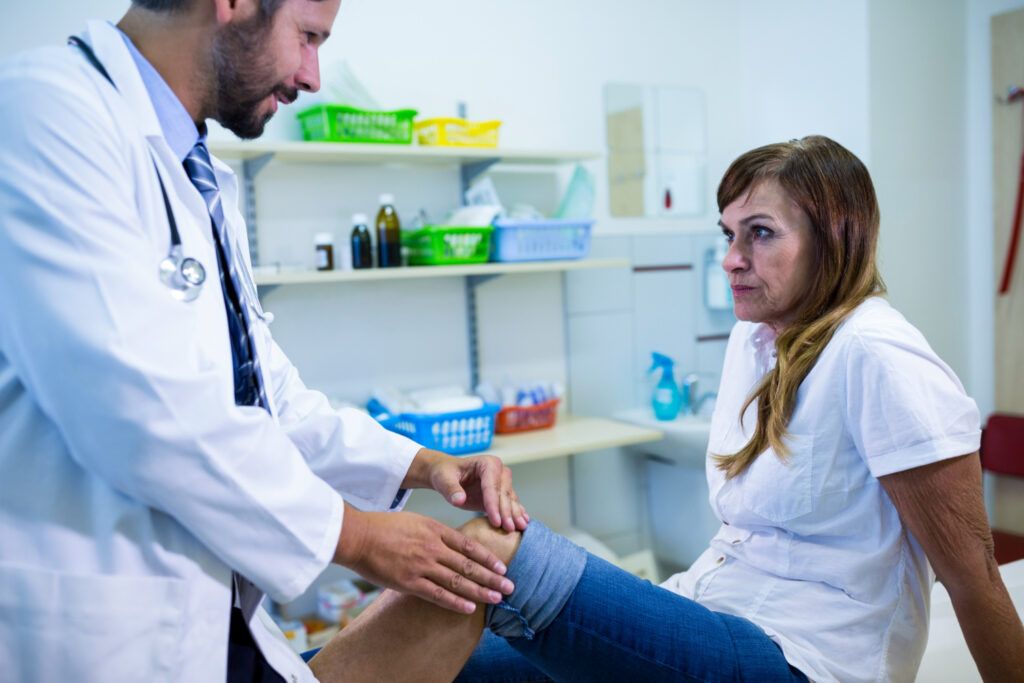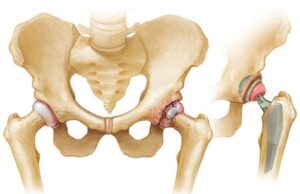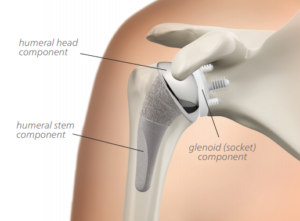Ensuring A Safe Joint Replacement Surgery: What You Need To Know!

Joint replacement Surgery is a medical procedure in which a damaged or worn-out joint, such as a knee, hip, or shoulder is replaced with an artificial joint or prosthesis. This surgery is typically performed to relieve pain and improve function in joints that have been affected by conditions like arthritis, injury, or degenerative diseases. The goal is to restore mobility and enhance the quality of life for patients.
If you’re considering joint replacement surgery, here are some steps you can take in advance to prepare effectively and ease your recovery.
Different Types of Joint Replacement Surgery and When to Consider Them
Joint replacement surgery generally includes four main types: knee, hip, shoulder, and ankle replacement. While each procedure targets a specific joint, the overall goal is to improve mobility and reduce pain.
Deciding to undergo joint replacement surgery should always be made in consultation with an experienced surgeon, taking into account your health and lifestyle.
This surgery may be suitable if you suffer from severe arthritis or have sustained a serious knee injury. If you’re having difficulty walking, standing for long periods, or climbing stairs, it may be time to discuss knee replacement with the doctor.
This procedure is often considered when hip pain significantly disrupts daily activities or affects sleep. If you have ongoing discomfort even while resting, and medications or physical therapy are ineffective, hip replacement might be a good option.
You might consider shoulder replacement surgery if you experience chronic shoulder pain that doesn’t improve with non-surgical treatments. If lifting objects is painful or your shoulder pain is disturbing your sleep, a shoulder replacement could help restore your quality of life.
-
Ankle Replacement
Ankle replacement is typically considered for individuals with severe ankle arthritis. If you have difficulty walking or if ankle pain is impacting your daily activities, it might be time to discuss ankle replacement with the doctor.
Things to do before Joint Replacement Surgery
1. Pre-Surgery Medical Evaluation
A pre-surgery medical evaluation is an important step before joint replacement surgery. It’s like a “health check-up” to make sure your body is ready for the operation and can recover well afterward.
During this evaluation, your doctor will look at your medical history, current medications, and overall health. They might also perform blood tests, X-rays, or other tests. This isn’t just a routine step, it’s a vital safety measure that helps your doctor and his team to identify any potential risks or complications and prepare for them ahead of time.
- Quit Smoking: Smoking can hinder your body’s healing process and increase the likelihood of complications during and after surgery. If you smoke, it’s strongly advised to quit or at least cut back in the weeks before your surgery.
- Manage Your Weight: If you are overweight, losing a few pounds before surgery can help reduce the strain on your new joint and lower the risk of complications. Talk to your surgeon about safe and effective weight loss methods.
- Control Blood Sugar Levels: For those with diabetes, maintaining proper blood sugar levels is essential. Poor blood sugar control can slow down healing, raise the risk of infection, and make recovery more challenging. Collaborate with your doctor’s team to keep your blood sugar under control.These lifestyle changes aren’t just about preparing for surgery; they’re also about enhancing your overall health and quality of life.
- Keep Your Diabetes Under Control: If you have diabetes or prediabetes, it’s important to keep your blood sugar levels in check. High blood sugar can raise your risk of complications, such as infections, slow healing, and longer recovery times. It takes time to manage your blood sugar properly, so start working with your diabetes doctor now to ensure it’s well-controlled before surgery.
2. Start Pre-Surgery Exercises
Many people with arthritis tend to rely on their “good” joints, which can lead to the weaker joints becoming even weaker. This weakness can slow down your recovery after joint replacement surgery, so it’s important to be as fit as possible beforehand.
Your orthopedic surgeon might suggest specific exercises to do or avoid. Make sure to strengthen your entire body, not just your legs, before joint replacement surgery.
3. Eat a Healthy Diet
Eating a healthy diet is important to help your body get ready for joint replacement surgery, recover well afterward, and fight off infections. Make sure to eat a variety of nutritious foods every day, including proteins, whole grains, fruits, vegetables, and dairy products.
- Protein helps your body heal.
- Whole grains
- Fruits and vegetables supply the vitamins and minerals needed for healing.
- Dairy products help build and maintain strong bones.
There isn’t a specific diet that will make your incision heal faster, but research shows that people with poor diets take longer to heal. A poor diet lacks enough calories and essential nutrients. Try to avoid foods high in fat, sugar, and salt, like doughnuts, fried foods, candy, and regular soda.
4. Plan Dental Visits Before Surgery
You should avoid any dental work or cleanings for three months after joint replacement surgery. If possible, try to schedule your dental appointments before the surgery. It’s important to address any dental problems before your procedure.
If you need dental work after your surgery, you will have to take antibiotics to prevent an infection in your new joint.
5. Get Ready for Daily Tasks
You will need assistance at home for the first few days or weeks, depending on how quickly you recover. Ask a friend or family member to help with preparing meals, driving you to appointments, assisting with bathing and dressing, and managing your medications.
You might also consider home health services, such as having a physical therapist come to your home. Your surgical team can help set this up if needed.
6. Getting Your Home Ready for After Surgery
To make your recovery easier, it’s important to prepare your home for after your surgery. Here are some helpful tips:
- Remove Obstacles: Clear away any clutter from walkways to prevent tripping or falling. Keep items you use often within easy reach and think about adding safety bars in the bathroom.
- Create a Recovery Space: Set up a cozy area where you can rest and sleep comfortably. Keep important things like your phone, remote control, medications, and water close by.
- Consider Necessary Equipment: Depending on the type of surgery you have, you might need tools like a walker, crutches, or a raised toilet seat. Talk to your surgeon about what you might need.
- Plan for Help: You might need assistance with cooking, cleaning, and laundry during the early stages of your recovery. Arrange for a friend, family member, or caregiver to help you out.
- Stock Up on Essentials: Make sure you have enough food, toiletries, and other supplies to cover the initial recovery period so you don’t have to make extra trips to the store.
A well-prepared home can make your recovery smoother and less stressful.
Conclusion
Getting ready for joint replacement surgery involves several steps, including medical checks, lifestyle adjustments, exercises before surgery, and setting up your home for recovery. While it might feel overwhelming, every step you take helps you get closer to better movement and less pain. With the right information, support from your doctor and a positive mindset, you’re on your way to a successful joint replacement surgery and a quick recovery.










